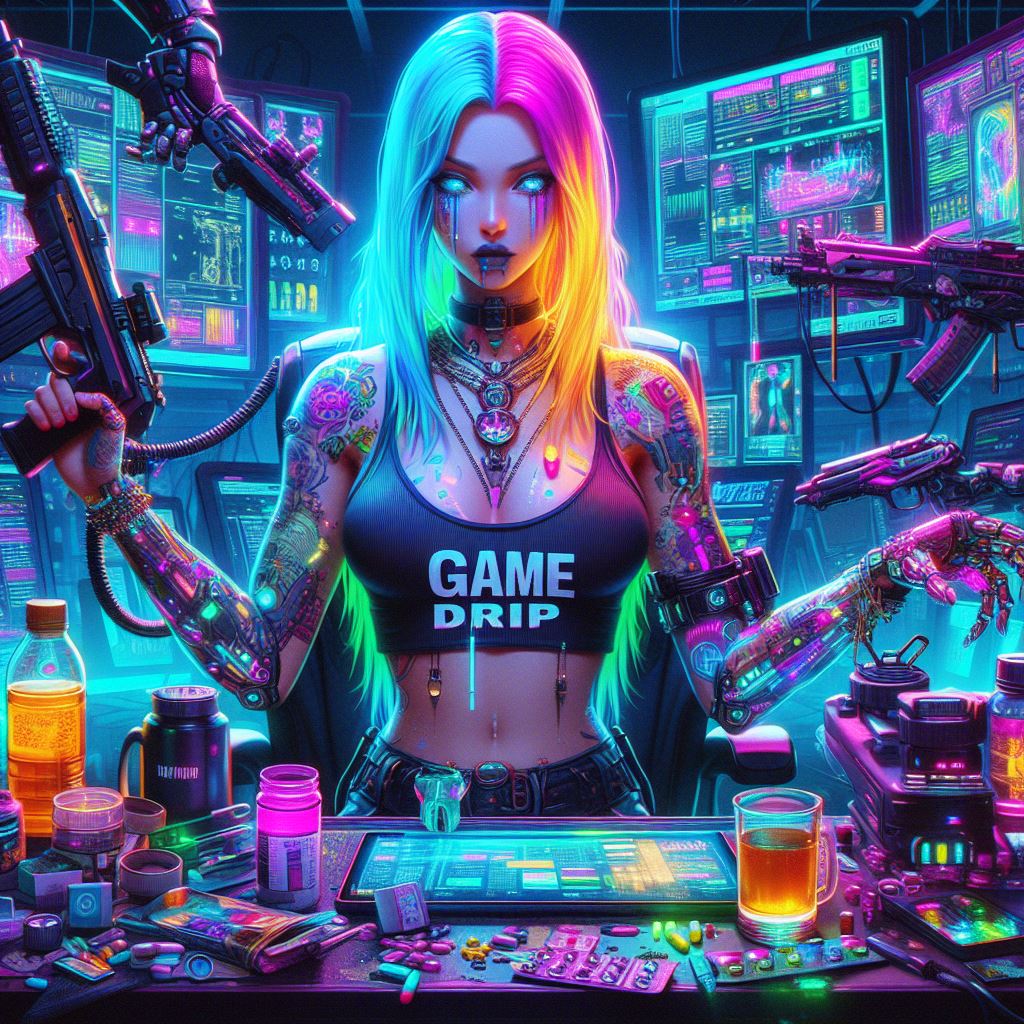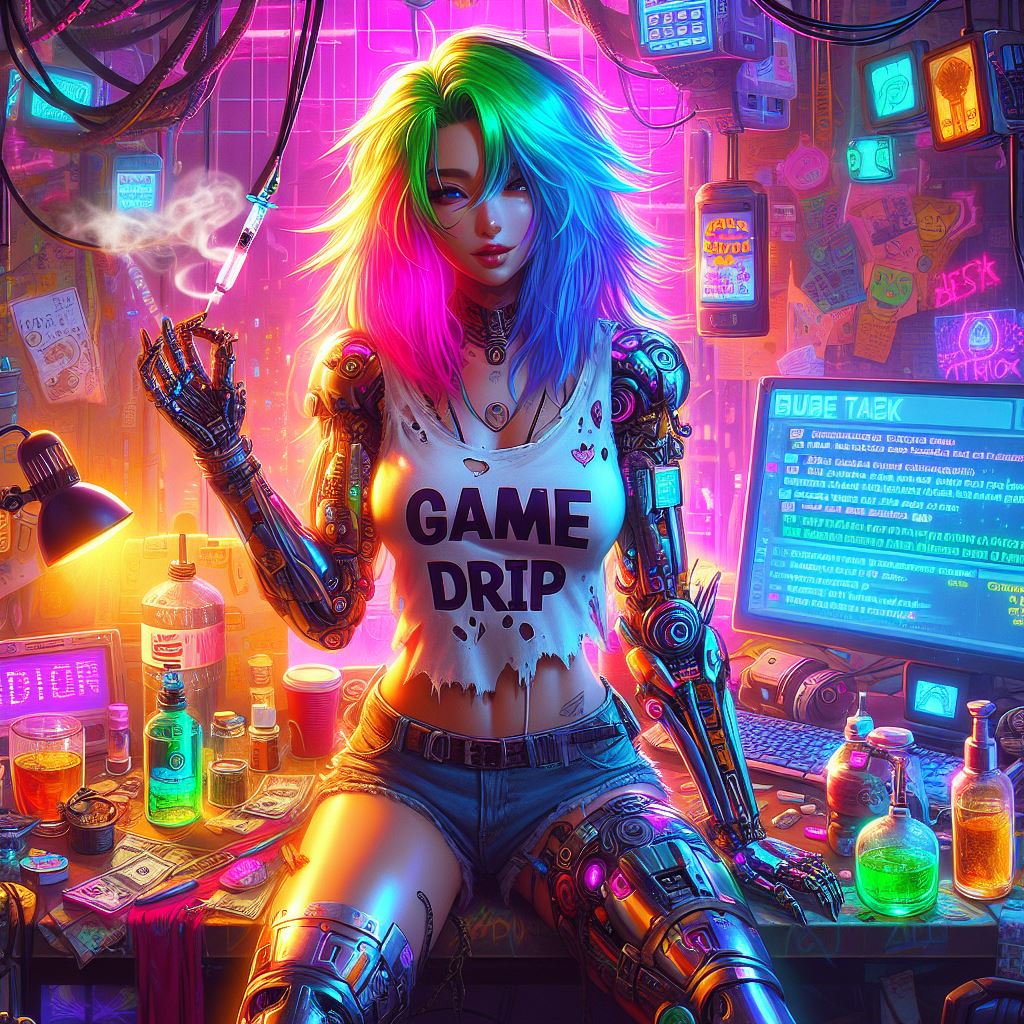As featured on Minecraft Servers Listing
#JaxCraft #Jaxiom #Creations

JaxCraft is a small community Minecraft Server focused mainly on Survival, Creative, and Minigames. We also preserve old worlds in a ‘Legacy state’ so none of your hard work disappears over the years. There are various other ways to play on JaxCraft but these are the main ones. JaxCraft 5.0 also supports Minecraft: Bedrock Edition.
JaxCraft has a wide variety of plugins ranging from land claiming and security, to creative plots and support for other editions of Minecraft. The most notable plugins JaxCraft has are; The EssentialsX Suite, GriefPrevention, MCMMO, Geyser-MC, Spartan Anti-Cheat, and PlotSquared creative plots.
Gamemodes:
Survival:
We refer to our Survival world as an ‘Enhanced Survival Experience’. This is because our server is not pure vanilla and has several plugins for ease of use that do not affect gameplay at its core. This includes plugins like the EssentialsX Suite or GriefPrevention land claiming. The server also features the interactive map plugin, dynmap. This is primarily used for Survival however you can see the creative world and all Survival worlds prior to the current one.
Creative:
Our Creative world is a Creative Plots world. What this means is that the entire flatland world is divided up in infinite 64×64 squares or ‘plots’. Players can claim these plots and build in them and only users in which that player has trusted can modify or change things about the plots or builds within them.

Minigames:
The Minigames we have on our server are just a port of a Jaxiom Creations team map called Minigame Madness. Minigame Madness offers 12 different reusable command block based minigames that range from PVP last person standing games to team objective games. When playing these games the main server will forward you to a smaller subserver as to not interfere with the Survival and Creative gameplay.
Legacy:
Legacy Status is essentially when we retire a Survival world and lock it to adventure mode when a major Minecraft update comes out. We typically retire each Survival world once a year when Minecraft gets an update but on occasion we will create what we call a ‘buffer world’. A ‘buffer world’ is when Minecraft has not received a major update in a long time and an update is not immediately on the horizon but players are wanting a new world. This world will be created on the same version as the world prior to it just so players can continue to use the server. When the buffer world is created the Survival world before it will be set to legacy status. When a world enters legacy status it is permanently locked to adventure mode as to preserve all original builds. Special permissions are also added that allow the players to enter spectator mode when in these worlds to visit old locations easier. All legacy worlds continue to be available for viewing on the dynmap.
Plugins:
JaxCraft has a wide variety of plugins ranging from land claiming and security, to creative plots and support for other editions of Minecraft. The most notable plugins JaxCraft has are; The EssentialsX Suite, GriefPrevention, MCMMO, Geyser-MC, Spartan Anti-Cheat, and PlotSquared creative plots.
Discord:
For when you’re not playing on the server but still want to interact with the community, JaxCraft does have a discord to join. To participate you do have do complete a reaction verification under #rules to acknowledge that you have read and seen them. In summary the rules come out to “Be respectful and don’t be offensive”. We are very proud of our server and we would like to keep the community non-toxic.
Dynmap:
Dynmap is a plugin installed to the Enhanced Survival Server. You may view the map by visiting this link.

Operations Note:
JaxCraft has changed from a server ready for and encouraging a large player base, to a small community server. The server has been recreated from the ground up in a way that better reflects this operating model. We will continue to accept new members to our community but we will no longer be updating or advertising the existence of JaxCraft. All currently published media will remain live but will become further outdated with time. Thank you for your consideration.





![Starry [smp]](https://game-drip.com/wp-content/uploads/2024/04/gamedrip-news-popular-5372.jpg)















